By Julie Tomascik
Windy. 95 degree-heat. Pounding rain. And a tiny hint of chill in the air.
Four seasons in 24 hours. That’s Texas for you.
And spring is just around the corner.
We don’t know whether we need sunscreen—SPF 50, of course. Or a jacket for the cold front that might blow through. A stylish umbrella may be your accessory of choice. Or wind-blown hair will have to do. Because anything can happen with Texas weather.
And that can make it difficult to tell the changing seasons. But watch the land and agriculture. They’ll tell you.
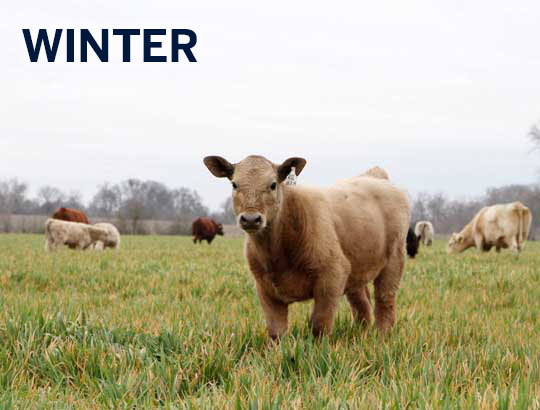 Old Man Winter usually brings miserable cold. And while winter can sometimes seem dreary and bleak, much is happening in agriculture.
Old Man Winter usually brings miserable cold. And while winter can sometimes seem dreary and bleak, much is happening in agriculture.
Cows are grazing the buffet of grass—the winter pasture farmers planted in the fall. And the bright green of winter wheat is a stark contrast to the overcast sky.
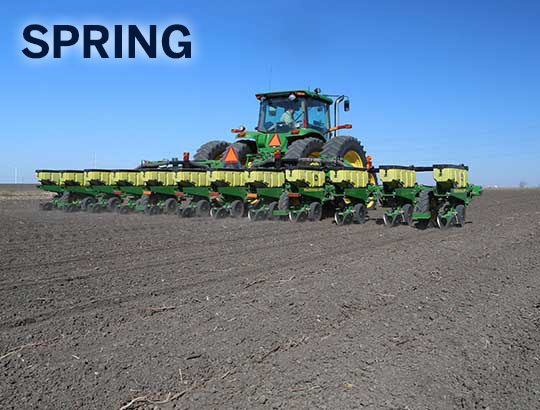 Finally. After months of grey, the days get longer. Colors abound. Bluebonnets blanket the roadsides. It’s spring. A time of new life. And a time for planting corn, grain sorghum and more.
Finally. After months of grey, the days get longer. Colors abound. Bluebonnets blanket the roadsides. It’s spring. A time of new life. And a time for planting corn, grain sorghum and more.
Then summer quickly arrives. Hot temperatures replace the cool breezes. Farmers and livestock look for shade. The corn grows, hay is baled and prayers for rain continue.
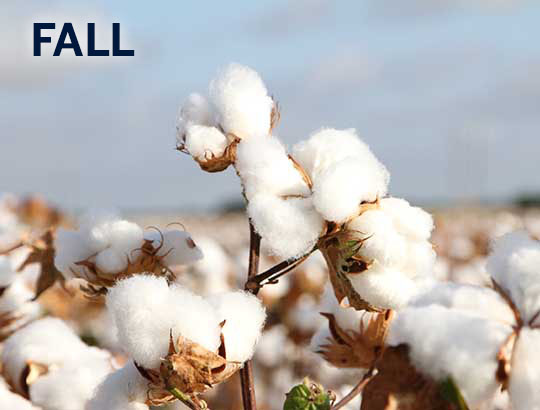 Typical fall colors—orange, gold and maroon—aren’t the norm. Instead, it’s white and fluffy. Because cotton stretches for miles across the South Plains in the fall. And while those farmers are busy harvesting, others in the state are planting wheat, oats and rye.
Typical fall colors—orange, gold and maroon—aren’t the norm. Instead, it’s white and fluffy. Because cotton stretches for miles across the South Plains in the fall. And while those farmers are busy harvesting, others in the state are planting wheat, oats and rye.
And still other farmers and ranchers are stockpiling hay. Because you can never be too prepared for Old Man Winter.
So, although Mother Nature may not show signs of changing seasons, agriculture does. Like clockwork.


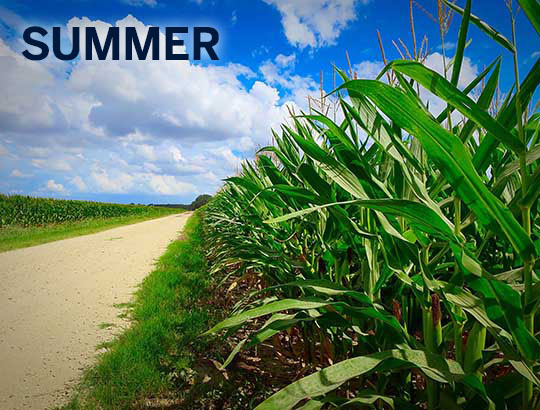
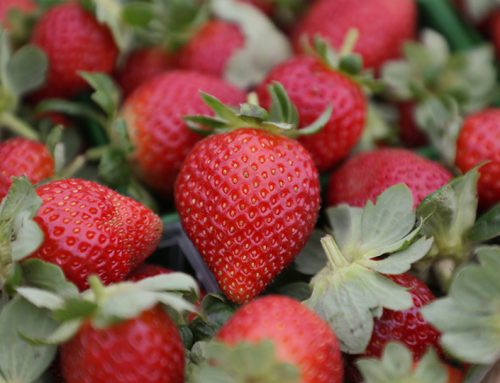
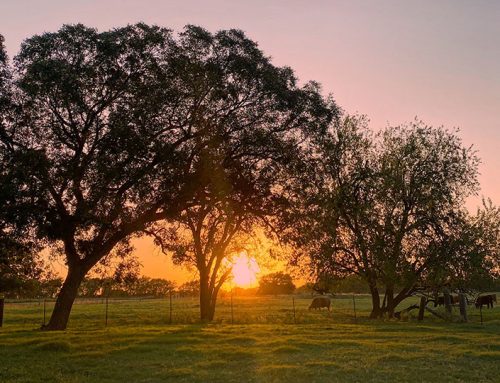
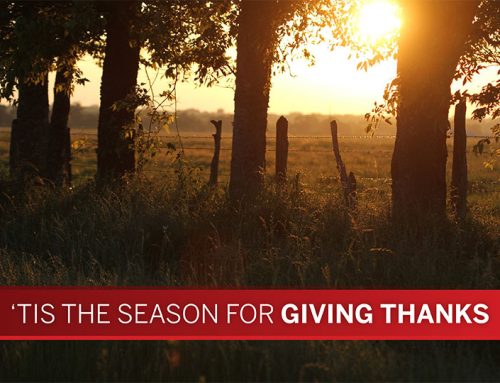
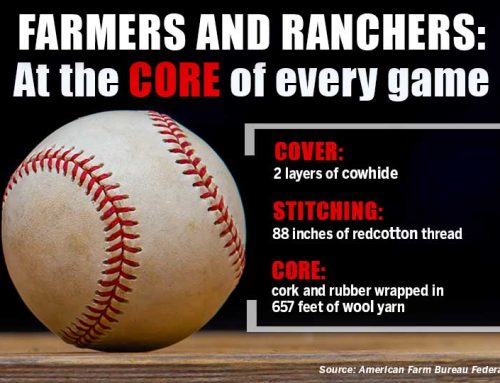
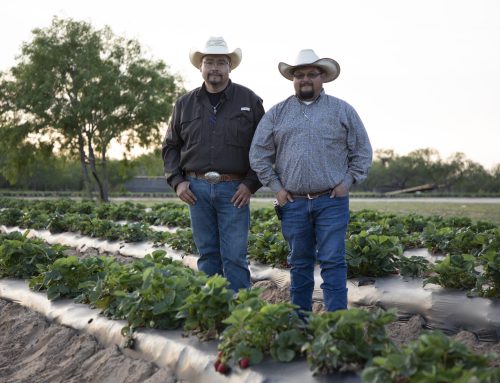




Leave A Comment